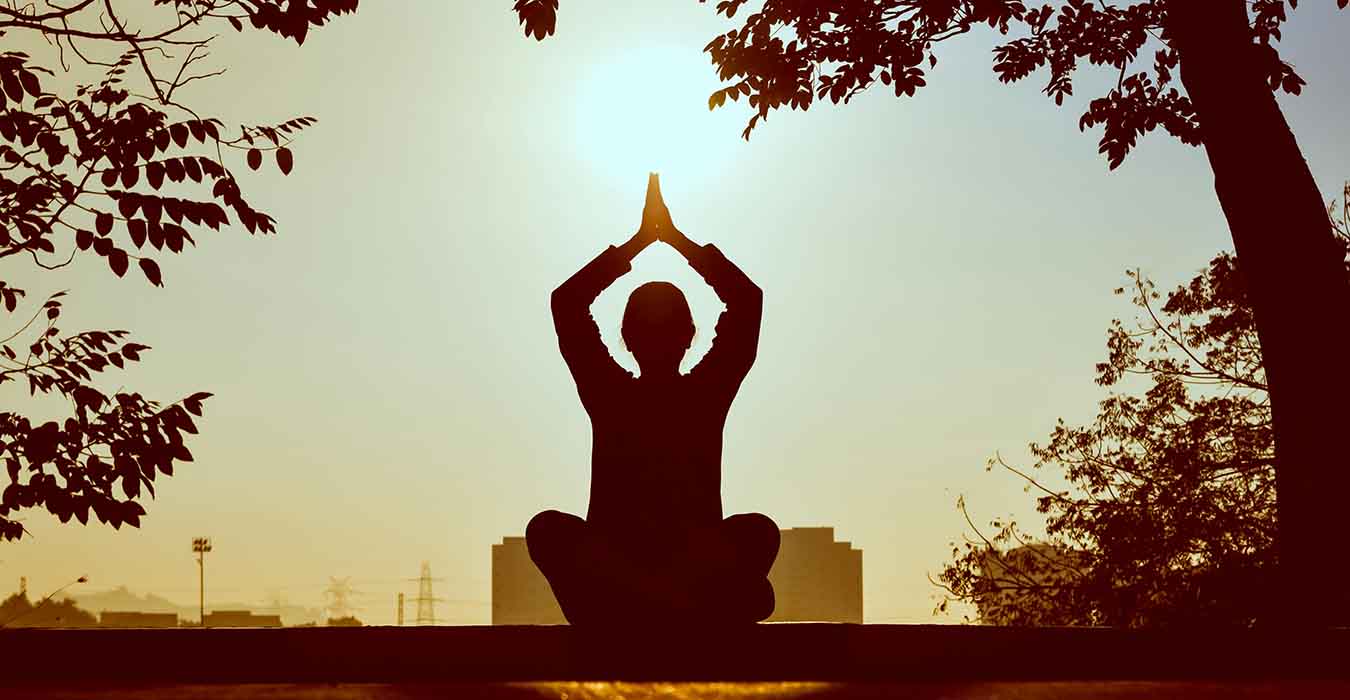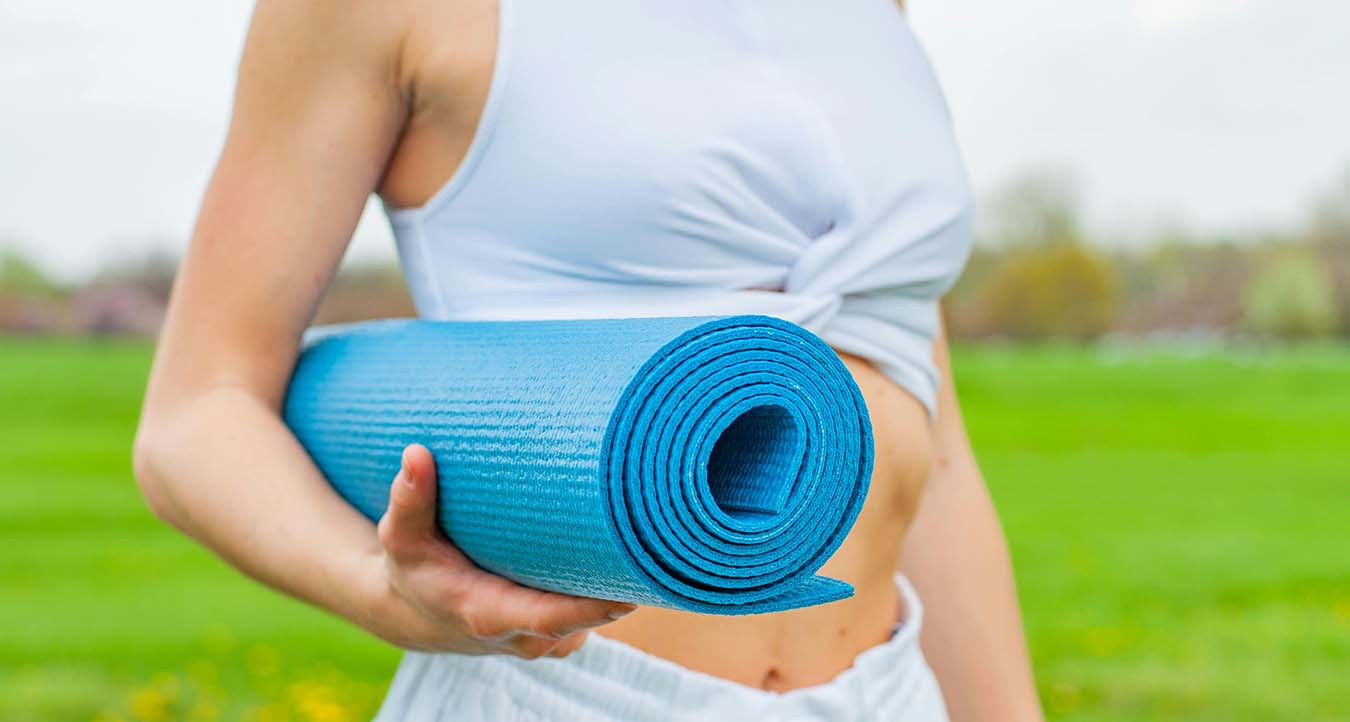Related Post
We normally have class every Monday to Friday in a week and also ask for private class on weekend ( Pls call 089-6355399 first). Our classes have many style of yoga ,depend on energy and students in class for each. If you want to join with us ,don’t hestitate ,just come and join. Looking for ward to see you guy Namaste , Kru Thip (ShantiYogaChiangrai)
Hatha yoga
Hatha Yoga: A Complete Guide Hatha yoga is a mind and body practice with a 5,000-year history in ancient Indian philosophy. Various styles of hatha yoga combine physical postures, breathing exercises, and meditation or relaxation. This blog post will cover everything you need to know to get started with hatha yoga, including: What is hatha yoga? The benefits of hatha yoga Different types of hatha yoga How to prepare for a hatha yoga class What to expect during a hatha yoga class Hatha yoga poses for beginners What is Hatha Yoga? The word “hatha” comes from the Sanskrit words “ha” meaning “sun” and “tha” meaning “moon.” Hatha yoga is a practice that unites the opposing energies of the sun and moon, or the active and passive energies of the body. Hatha yoga is a general term for any type of yoga that focuses on physical postures. It is a mind and body practice that combines physical postures, breathing exercises, and meditation or relaxation. The goal of hatha yoga is to achieve a state of physical, mental, and spiritual well-being. Hatha yoga can be practiced by people of all ages and fitness levels. The Benefits of Hatha Yoga There are many benefits to practicing hatha yoga, including: Increased flexibility Improved strength Reduced stress Improved sleep Better balance Reduced pain Improved mood Increased energy Enhanced self-awareness Different Types of Hatha Yoga There are many different types of hatha yoga, each with its own unique focus and style. Some of the most popular types of hatha yoga include: Iyengar yoga: This type of hatha yoga focuses on precision and alignment in the postures. Vinyasa yoga: This type of hatha yoga links breath with movement in a flowing sequence. Ashtanga yoga: This type of hatha yoga is a vigorous practice that follows a set sequence of postures. Yin yoga: This type of hatha yoga focuses on holding postures for longer periods of time to target the connective tissues. Restorative yoga: This type of hatha yoga uses props to support the body in passive postures. How to Prepare for a Hatha Yoga Class If you are new to hatha yoga, there are a few things you can do to prepare for your first class: Wear comfortable clothing that you can move in. Bring a yoga mat and water bottle. Arrive early to class so you can get settled in. Let the instructor know if you have any injuries or health conditions. What to Expect During a Hatha Yoga Class A typical hatha yoga class will begin with a warm-up, followed by a series of postures, and then a cool-down. The instructor will demonstrate each posture and provide modifications for different levels of experience. You will be encouraged to listen to your body and not push yourself beyond your limits. Hatha yoga is a non-competitive practice, so there is no need to compare yourself to others. Hatha Yoga Poses for Beginners If you are new to hatha yoga, here are a few basic poses to get you started: Mountain pose (tadasana): Stand with your feet shoulder-width apart and your arms at your sides. Downward-facing dog (adho mukha svanasana): Start on your hands and knees, then tuck your toes under and lift your hips up and back. Child’s pose (balasana): Kneel on the floor and sit back on your heels. Fold your torso forward and rest your forehead on the ground. Warrior pose (virabhadrasana I): Step forward with one leg and bend your front knee until it is at a 90-degree angle. Keep your back leg straight and your arms raised overhead. Corpse pose (savasana): Lie on your back with your legs extended and your arms at your sides. Conclusion Hatha yoga is a great way to improve your physical and mental health. If you are interested in trying hatha yoga, there are many resources available to help you get started. You can find hatha yoga classes at most gyms and yoga studios. You can also find many online resources, such as videos and articles, that can teach you the basics of hatha yoga.
Inside Flow Yoga
Inside Flow Yoga: Everything You Need to Know Inside Flow Yoga is a type of yoga that combines the physical practice of hatha yoga with the mindfulness and breathwork of meditation. It is a slow-paced practice that is designed to connect you with your inner body and your breath. Inside Flow Yoga is a relatively new form of yoga, but it has quickly become popular due to its many benefits. These include: Increased flexibility Improved strength Reduced stress Improved mood Increased energy Enhanced self-awareness How to Prepare for an Inside Flow Yoga Class If you are new to Inside Flow Yoga, there are a few things you can do to prepare for your first class: Wear comfortable clothing that you can move in. Bring a yoga mat and water bottle. Arrive early to class so you can get settled in. Let the instructor know if you have any injuries or health conditions. What to Expect During an Inside Flow Yoga Class A typical Inside Flow Yoga class will begin with a warm-up, followed by a series of postures that are linked together in a flowing sequence. The class will end with a cool-down and savasana (corpse pose). The instructor will demonstrate each posture and provide modifications for different levels of experience. You will be encouraged to listen to your body and not push yourself beyond your limits. Inside Flow Yoga is a non-competitive practice, so there is no need to compare yourself to others. Benefits of Inside Flow Yoga There are many benefits to practicing Inside Flow Yoga, including: Increased flexibility Improved strength Reduced stress Improved mood Increased energy Enhanced self-awareness Inside Flow Yoga Poses for Beginners If you are new to Inside Flow Yoga, here are a few basic poses to get you started: Sun salutation (surya namaskar): This is a series of postures that are linked together in a flowing sequence. Cat-cow pose (marjaryasana-bitilasana): This is a gentle pose that stretches the spine and neck. Child’s pose (balasana): This is a resting pose that can be used to calm the mind and body. Downward-facing dog (adho mukha svanasana): This is a forward-bending pose that stretches the hamstrings and calves. Warrior pose (virabhadrasana I): This is a standing pose that strengthens the legs and core. Conclusion Inside Flow Yoga is a great way to improve your physical and mental health. If you are interested in trying Inside Flow Yoga, there are many resources available to help you get started. You can find Inside Flow Yoga classes at most gyms and yoga studios. You can also find many online resources, such as videos and articles, that can teach you the basics of Inside Flow Yoga.



